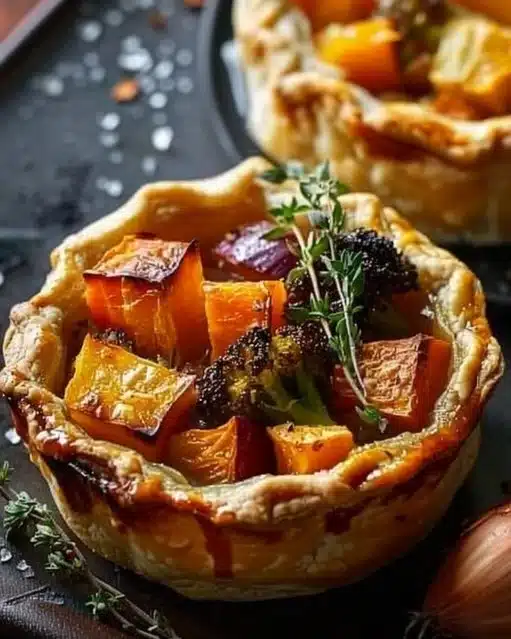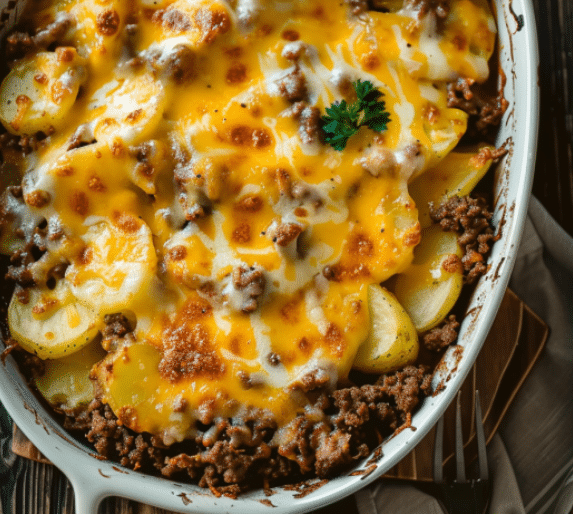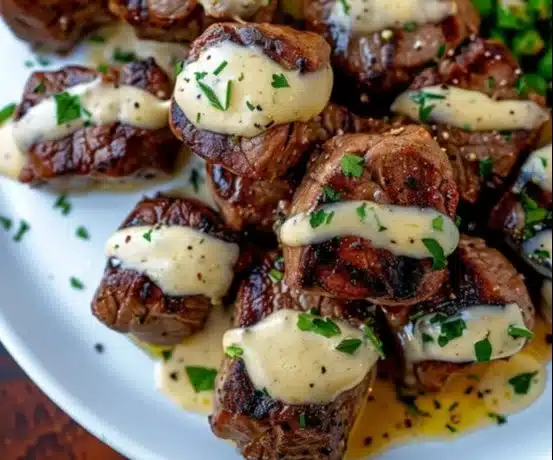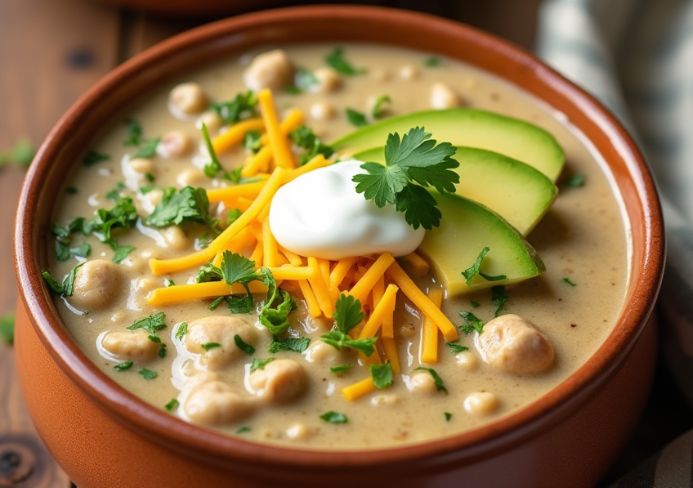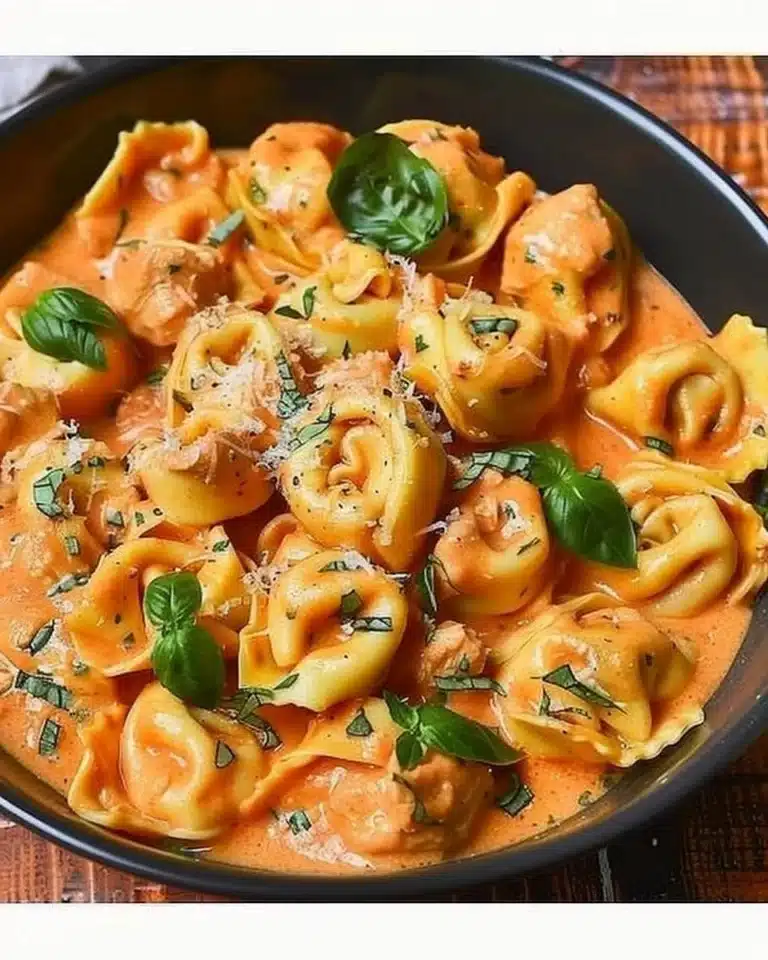The Best Vegetable Fritters: Crispy, Healthy, and Easy to Make
If you’re looking for a simple, delicious way to pack more vegetables into your meals, then vegetable fritters are your new best friend. These crispy, golden bites are versatile, nutrient-dense, and perfect for breakfast, lunch, or dinner. Whether you’re trying to reduce food waste, sneak veggies into your kids’ meals, or just craving something crunchy and satisfying, vegetable fritters deliver every time.
Table of Contents
Beyond taste, there’s a compelling reason to make these part of your regular diet. According to Harvard T.H. Chan School of Public Health, a vegetable-rich diet significantly reduces the risk of chronic diseases. So not only are you indulging in something crispy and delicious, but you’re also making a health-conscious choice.
But let’s talk texture and flavor. The key to a truly satisfying fritter lies in how it’s cooked. As Serious Eats explains, frying changes the chemistry of food, enhancing flavor and delivering that irresistible crunch. And if you prefer a lower-oil method, the Kitchn’s guide to air fryers provides everything you need for a crisp, golden-brown finish with a fraction of the fat.
What Are Vegetable Fritters?
Vegetable fritters are small patties made by mixing shredded or chopped vegetables with a binder (like egg or flour) and frying until golden. They’re one of the easiest ways to transform fresh produce into a dish everyone will love.
Why You’ll Love Them:
- Fast and easy to prepare
- Great for using up leftover veggies
- Highly customizable for different dietary needs
- Can be served hot or cold
Core Ingredients for the Best Vegetable Fritters
Creating the perfect fritter starts with quality ingredients. Here’s what you’ll typically need:
- Base vegetables: zucchini, carrots, corn, cauliflower, potatoes
- Binders: eggs, flour, chickpea flour (for a gluten-free version)
- Flavor boosters: garlic, scallions, onions, fresh herbs, spices
- Fats for frying: olive oil, avocado oil, or sunflower oil
These ingredients work together to form a cohesive batter that fries up crispy on the outside and tender on the inside.
How to Make Fritters Perfectly Crispy
One of the most common fritter fails? Soggy texture. Here’s how to avoid that:
- Shred vegetables finely using a grater or food processor
- Squeeze out moisture using a clean towel or cheesecloth, especially with high-water veggies like zucchini
- Don’t overmix the batter; keep it just combined
- Preheat the oil until it shimmers before frying
- Space the fritters out in the pan to avoid steaming
Pro Tip:
Salt your vegetables before mixing them. This helps draw out water for a crispier final product.
Best Cooking Methods
Frying is traditional, but it’s not your only option. Here’s how the methods stack up:
- Pan-Frying: Classic and delivers the best crunch. Use medium-high heat and flip once browned.
- Baking: Healthier, but less crisp. Bake at 400°F for 15–20 minutes.
- Air Frying: A great in-between. Set to 375°F and cook for 10–12 minutes, flipping halfway.
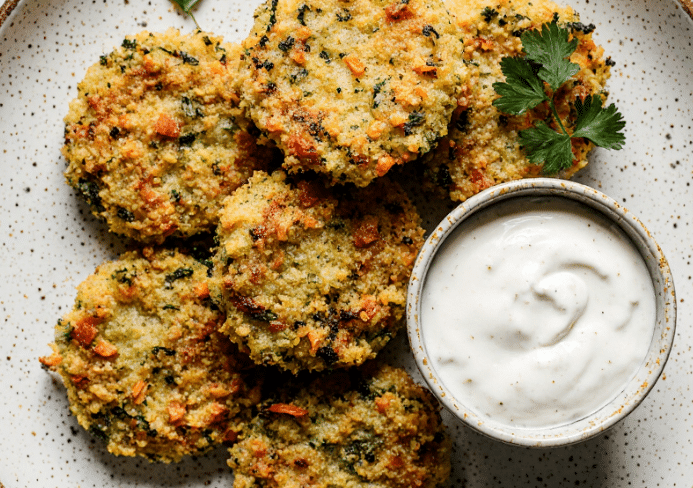
Top 5 Vegetable Fritter Recipes You’ll Love
Here are five fan-favorite variations to try at home:
1. Zucchini and Carrot Fritters
- Light and packed with vitamin A and C
- Serve with yogurt or sour cream
2. Cauliflower Fritters
- Low-carb and keto-friendly
- Add Parmesan for extra flavor
3. Corn Fritters
- Sweet and savory combo
- Great for summer cookouts
4. Broccoli and Cheddar Fritters
- Kid-approved and high in calcium
- Serve with ranch dressing
5. Butternut Squash Fritters
- Slightly sweet and perfect for fall
- Pair with maple yogurt dip
Serving Suggestions & Dipping Sauces
Vegetable fritters are incredibly versatile. Here’s how to serve them:
- As a side dish for grilled meats or roast chicken
- In wraps or burgers as a vegetarian patty
- With a salad for a light lunch
- As a breakfast item topped with a poached egg
Favorite Dips:
- Sour cream or Greek yogurt
- Tzatziki
- Hummus
- Sriracha mayo
- Avocado lime crema
Storage & Reheating Tips
Make a batch and enjoy them all week!
- Refrigerate: Store in an airtight container for up to 4 days
- Freeze: Layer between parchment paper in a freezer-safe bag
- Reheat: Use an oven or air fryer to restore crispiness
Dietary Variations
Need to accommodate allergies or preferences? No problem.
- Gluten-Free: Use chickpea flour or rice flour
- Vegan: Replace eggs with flax eggs or aquafaba
- Low-Carb: Use almond flour and low-starch veggies like zucchini or broccoli
Common Mistakes to Avoid
Even simple recipes have pitfalls. Watch out for these:
- Not squeezing out enough water from veggies
- Batter too wet or dry—adjust with flour or water
- Frying in oil that’s not hot enough
- Overcrowding the pan, which causes sogginess
- Not seasoning enough or at the right time
FAQs About Vegetable Fritters
Can you freeze vegetable fritters?
Yes! Let them cool completely, then freeze in a single layer before transferring to a freezer bag.
How do you keep fritters from falling apart?
Use enough binder (like egg and flour) and avoid flipping too soon.
What vegetables work best?
Zucchini, carrots, potatoes, corn, cauliflower, and even sweet potatoes are all great.
Are vegetable fritters healthy?
Yes—especially when baked or air-fried, they’re a fantastic source of fiber, vitamins, and healthy fats.
Can I make them without eggs?
Absolutely. Try flaxseed egg, chia egg, or aquafaba as vegan alternatives.
Can I bake them instead of frying?
Definitely. While you’ll lose some crispiness, they’re still delicious and much lighter.


